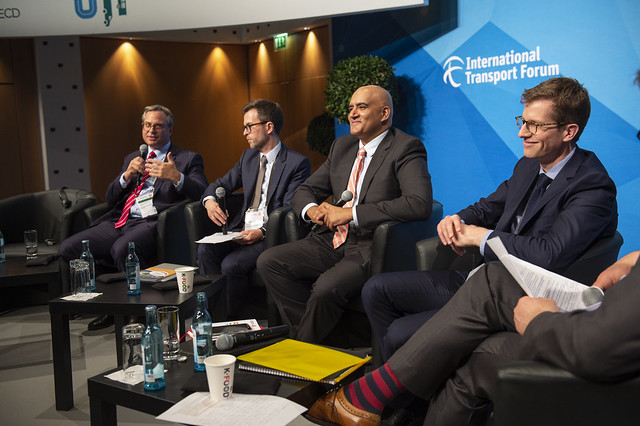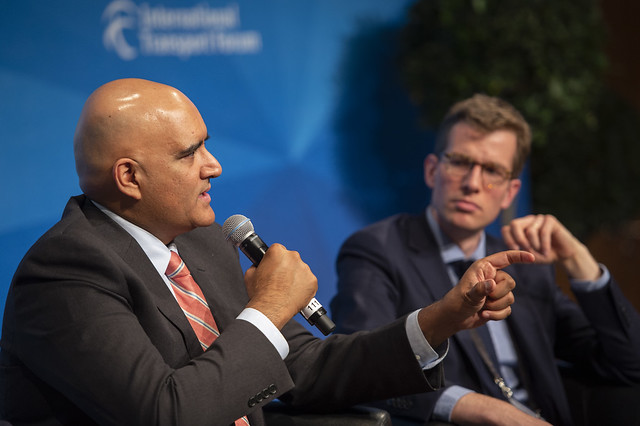The enormous transformative potential of vehicle-to-vehicle (V2V) and vehicle-to-infrastructure (V2I) technologies and the associated challenges for stakeholders including equipment manufacturers, telecom operators, governments and road users, were discussed during this panel session. The implications for freight and passenger traffic, including technological requirements for connectivity, international standardisation, safety and enforcement implications were also discussed.
One of the biggest challenges for service providers is the lack of access to the necessary data. The necessary conditions for the development of financially sustainable products and solutions must be developed. This could include the adoption of open data.
Many national governments have set goals for improving road safety. This is one of the areas where the connectivity of vehicles and infrastructure has great potential. The challenge is to determine the best ways of leveraging emerging connectivity technologies in pursuit of these safety goals.
Connectivity involves data transfer, which is subject to cyber threats. The response to these threats is usually reactive, however, preventive approaches are likely to be much more efficient, and should be pursued.
The successful implementation of vehicle-to-vehicle and vehicle-to-grid connectivity requires the effective engagement of local, regional and national governments. The participation of other stakeholders can also support the creation of a dialogue and help to develop an environment in which sustainable business models can be developed.



















